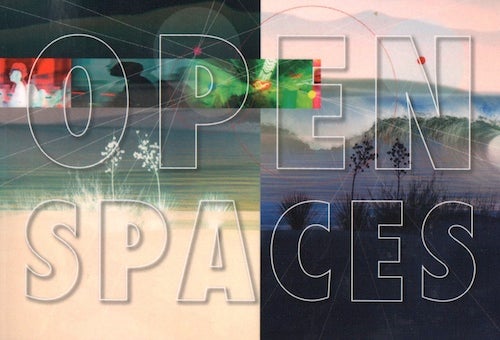
Recently, my colleague Patricia Zimmermann published her excellent book on the brave new world of digital media and the Internet, Open Spaces: Openings, Closings, and Thresholds of International Public Media (St. Andrews Film Studies, 2016). I wrote a forward to the book, which I would like to share:
“Reading Patty Zimmermann’s blog posts is like riding a virtual rollercoaster through a digital landscape that shifts faster than a flick of the CGI wand. Every new curve brings a different point of view, with new parameters and x & y coordinates, forcing changes both in thinking and strategies. Nothing is certain, few things are predictable, even age-old givens morph into more surprises, while the merry-go-round changes at every turn. The subject is media – analog, digital, material, virtual, public, social, hand-made, machine generated, delivered in a staccato style, as if fired from a machine gun.
The questions come just as quickly. Who is behind the latest media outrage? What is the value of continual change? Where are the pockets of resistance? Why is technology seemingly out of control? Questioning institutions, media, policies, developments, trends, overly-optimistic prognoses, Zimmermann is constantly on the lookout for power grabs by capital elites and further restrictions in our freedoms.
The machine gun metaphor (thanks to Jean-Luc Godard) is apt, because Zimmermann is never just observing or politely commenting on the politics and ideology of new media, she is also calling for action, for engagement, for new ways of thinking that allow individuals and institutions to create spaces for free and untethered expression. She demands that we not passively accept the illusory cornucopia of media, graciously and painlessly offered to us by post industrial capitalism, but rather to question, then requestion media content and delivery platforms. Her blogs are chocked full of action verbs, often delivered in chains, which suggest alternative actions within actions: 'Engage, aggregate, collaborate, stimulate, amplify, transform, mobilize...'
Zimmermann is constantly peering into the cracks and fissures, the gaps and blank spaces between media, between disciplines, between cultures, between social phenomena and politics, between art and technology, science and philology, between the desires of individuals and the parameters of social control, between freedom and slavery. In those interstices, she discovers individuals who use those spaces to create new social formations, new ideas, and new modes of practice. This is not just a matter of out with the old and in with the new. It is more about keeping positive, life affirming traditions, while engineering moments of happiness in the new. It is also about building communities from the bottom up, independent of entrenched power structures.
In terms of film aesthetics, Zimmermann walks the experimental beat, far from Hollywood. She is not interested in mainstream, American block-busters, in ready-made genre films, in easily consumed and digested narratives that lull the viewer into unconsciousness. No, Patty looks for moving image media outside the box, for the under-currents of cinema, mining unusual forms, surprising juxtapositions, technological innovations, politically risky theories. As always, Zimmermann eschews easy explanations, one-dimensional theories, simplistic binaries, in favor of messy complexities that account for multiple, often contradictory messaging over numerous temporal and spatial platforms.
Patty Zimmermann is also a fearless traveler and observer of cultural difference. Whether sussing out cultural differences between American and Southeast Asian universities, between film festivals in India, Mexico, or Vermont, or negotiating the realities of cultural underdevelopment in West Africa, she is keen to point out both points of commonality and conflict, ever conscious of her own privileged position as a 1st world academic. She is also intensely aware of the inequalities of late capitalism in the Third World, noting e.g. that Guineans may have two cell phones, but no reliable electricity in the whole country. At the same time, she revels in the intense enthusiasm that African students and filmmakers with no means brought to film screenings. Given the total lack of a technological infrastructure, any film screening for them was almost a miracle.
It is no accident that Patty often employs musical metaphors, given that she is also an accomplished musician, but her prose style is also musical, having its own rhythms and cadenzas, wordplays and harmonies, lyrical juxtapositions and contrapuntal polyphonies. And like a good song, Open Spaces: Speculations on Openings, Closing, and Thresholds of International Public Media is over before one is actually ready to move on.”
< Back to Archival Spaces blog






 Mobile Navigation
Mobile Navigation

